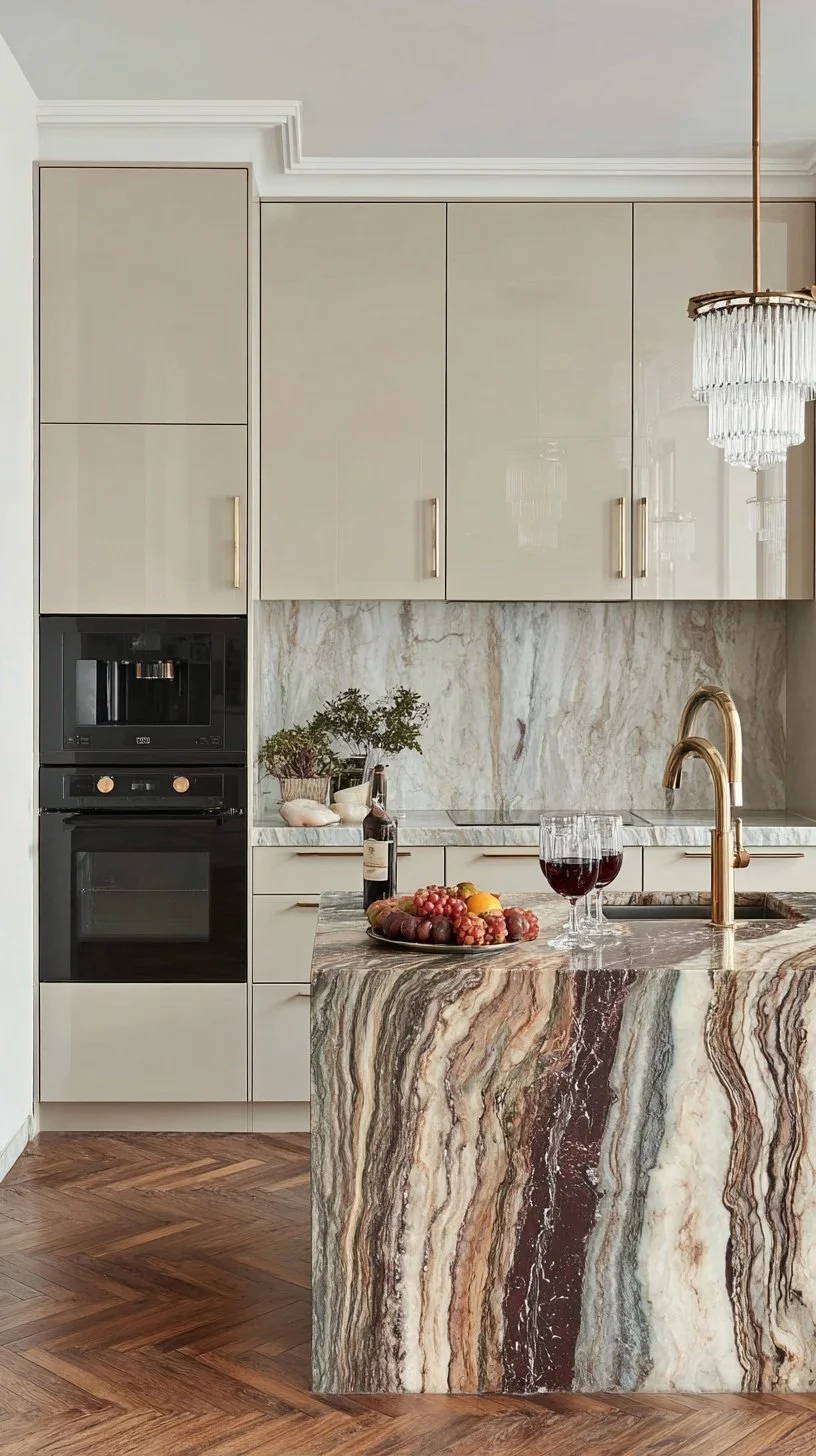Townhouse Transformation Begins: How Sensory Design Shapes My New Home
🏡 A Fresh Start: Designing for Calm and Soul
When I moved into my new South Charlotte townhouse, I wasn’t just unpacking boxes — I was starting a full sensory design experiment. My goal? To turn a standard builder space into a home that supports the nervous system, sparks creativity, and feels calm the moment you walk in.
This post launches my Townhouse Transformation Series — a 26-episode YouTube journey where I show how light, color, sound, and texture work together to create balance.
👉 Watch Episode 1 – “Keys, Calm & the Plan” (embed YouTube video)
SEO focus: townhouse design ideas, calm interiors, sensory home design, Charlotte designer
🌿 Episode 1: Keys, Calm & the Plan
The first episode documents the move — a moment of relief after an intense year. You’ll see the quiet screened-in patio where deer wander past at sunrise and hear why I chose this location for its proximity to greenways and morning light.
Here, I introduce my design philosophy: Design for Your Soul. It’s about shaping spaces that nurture emotion and focus — not just aesthetics.
Takeaway: before adding furniture, spend time in your space at different hours. Notice where the light lands, where sound echoes, and where you instinctively breathe easier. That awareness becomes your design blueprint.
☀️ Episode 2: Why Empty Rooms Already Affect Your Mood
Before placing a single chair, I wanted to understand how this living room behaves. The only light source is an east-facing wall of glass — perfect for soft morning glow but shadowy by evening. I used a Lumion sun study to simulate how the light travels and tested how mirrors could bounce that light deeper into the room.
What I discovered: the tone of my LVP flooring, the fireplace stone, and the greenery outside all shift with the sun. Designing around those natural changes means the space will feel cohesive year-round.
Try this at home:
Take three photos of your main room — 8 a.m., noon, and 5 p.m.
Notice how colors warm or cool through the day.
Choose paint and fabrics that stay flattering under all three lights.
🎨 Color & Sheen: Science Meets Style
I sampled several paints before choosing Benjamin Moore Vail Mist 1494 — a soft, misty sage that shifts gently with daylight. Its matte finish diffuses glare, helping eyes relax; the semi-gloss moulding catches just enough reflection to frame the room.
Research shows glare can fatigue the visual cortex, while diffused light promotes focus and calm.
Matte finishes absorb roughly 60 % of light, whereas satin or gloss can double reflection intensity — beautiful for accents but overstimulating on large walls.
SEO focus: paint color psychology, matte vs gloss paint walls, best calming paint colors
🧠 Neutrals vs. Bold Color: How They Influence Mood
Neutral spaces aren’t “boring.” They calm the parasympathetic nervous system, lowering stress and making daily life feel more ordered. Bold colors activate creativity and conversation — the equivalent of an espresso shot for your brain.
I like to compare it to travel: a Ritz-Carlton spa experience feels serene and restorative; a 25hours Hotel in Vienna bursts with color and energy. Both are luxury — just tuned to different emotional frequencies.
Tip: ask yourself, “Do I want this room to energize or to restore me?” Then build your palette from that answer.
🪵 Temperature, Texture & Touch
Even small details like floor temperature change your body’s response. Studies show walking on soft carpet increases alpha brain waves and lowers cortisol compared to wood or tile. Because my floors stay cool year-round, I’m layering rugs to insulate and ground the space.
Textures like boucle, linen, and velvet not only look rich — they reduce acoustic echo and invite touch, reinforcing comfort.
SEO focus: rugs for cold floors, sensory comfort materials, tactile interior design
🌬️ Air, Scent & Sound
Townhouses often share walls, limiting cross-breeze. Without circulation, air stratifies — warm up top, cool below — and scents stagnate. A quiet fan or ceiling vent evens out temperature and helps natural fragrances travel farther.
I use dried lavender bundles and low-tox candles to reset the atmosphere. Studies on scent memory show that lavender and citrus lower anxiety and heart rate.
When it comes to sound, layers matter too. Area rugs and drapery absorb 30–60 % of echo; music around 80–100 BPM (like FKJ or Tom Misch) keeps energy mellow yet alive.
SEO focus: air circulation home design, improve indoor smell, acoustic comfort tips
🔁 Sustainability & Re-Use
Most of my main furniture pieces are thrifted or repurposed. Re-using what I love connects this new chapter to my story and keeps the footprint light. Sensory design and sustainability overlap — both aim for environments that feel human, grounded, and responsible.
SEO focus: sustainable interior design, thrifted home makeover, eco friendly decor
🧩 Bringing It Together
Each of these early choices — paint finish, rug texture, scent, sound, and air flow — sets the emotional tone for every episode to come. Sensory design isn’t a trend; it’s a language. When you learn to read it, your home starts to speak back.
👉 Watch the full Townhouse Transformation playlist here:
https://youtube.com/playlist?list=PLRtAiigD6lR-OVsD7Sdaycxh16hgTBvmm
✨ Follow Along
YouTube: Living Bright Interiors
Pinterest: @livingbrightinteriors for mood boards & behind-the-scenes renders
Instagram: @livingbrightinteriors
For collaborations or features: info@livingbrightinteriors.com






















